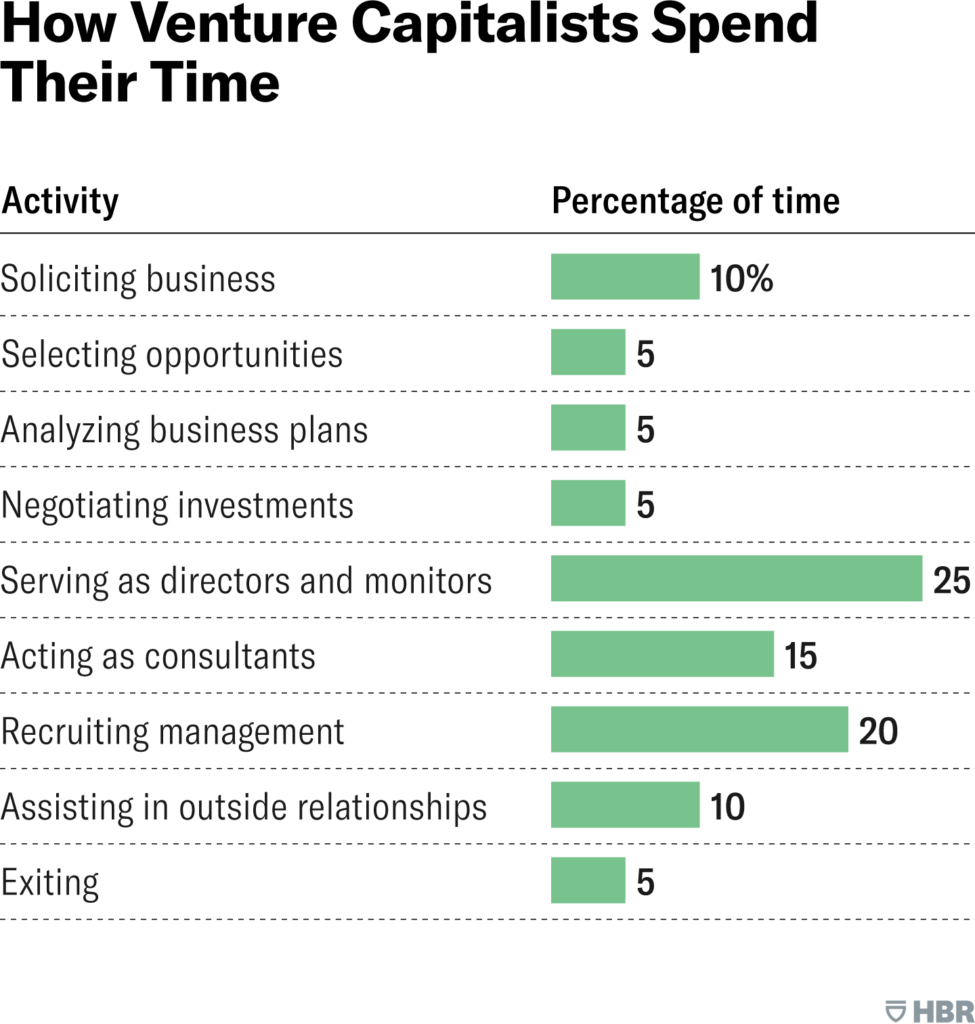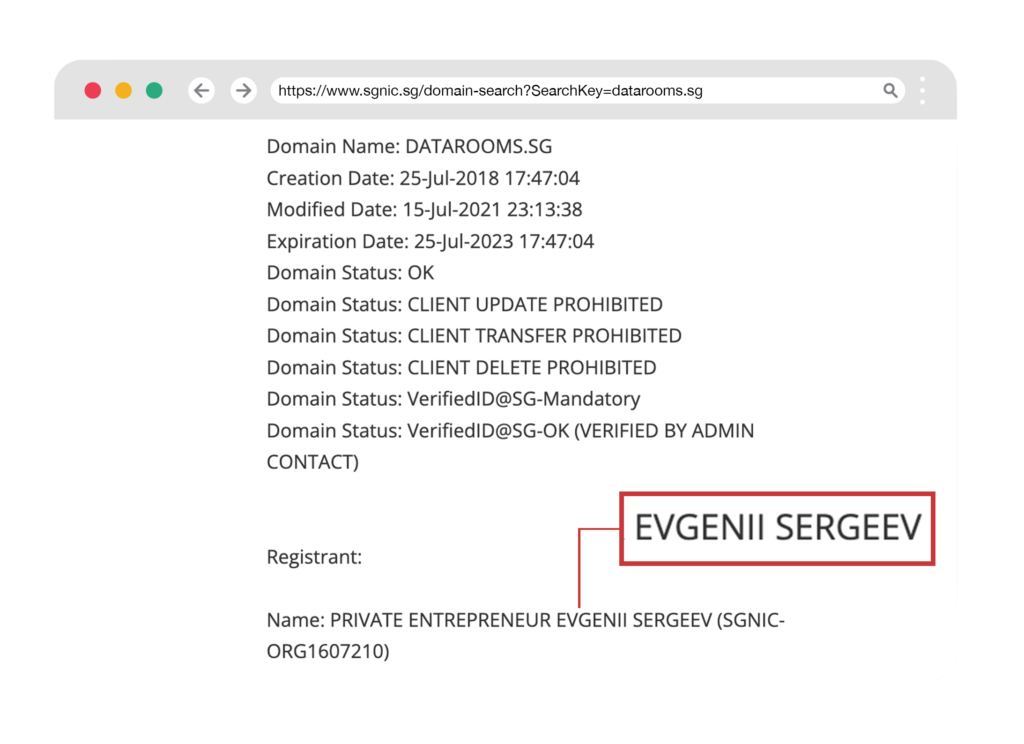Wish you had the magic words to cold pitch an email to a VC and actually get a response?
As if balancing the daily operations of your startup or small business isn’t enough, now you have to come up with something witty and brilliant to win over a busy VC. No big deal, right?
But fret not.
You’ve already done the hard part.
After all, if you’re trying to get the attention of a VC or investment firm, chances are you have a product or service worth bragging about — and maybe even investing in.
Now you just need the right approach to pique the interest of a VC (or the highly-trained gatekeeper of their inbox) and take you to the next level.
Today we break down the anatomy of the perfect cold email pitch to increase your chances of hearing back from a VC.
We’ll give you a few examples to work with, explain why they crush it, and share three templates to help you brainstorm emails for your business.
Everything the Perfect Cold Email Pitch Should Include
The better a VC understands your product/service and what you’re asking for, the easier it will be to evaluate your company.
VCs don’t have time to waste analyzing your pitch. So the easier your pitch is to understand, the better your chances of them opening your email and responding.
Follow the KISS method, or the one that says Keep It Simple, Stupid.
Use these 8 steps as a checklist to not only stay on track but make your pitch stronger and harder to resist:
1. A Clickworthy Subject No Longer than 6 Words (or under 45 characters)
Short, attention-grabbing headlines that get straight to the point show you know how to sell your brand.
Stay away from cliche subject lines (Ready to revolutionize [blank] industry? Get in on the ground floor!) as those are easily routed to the trash without an open.
Use the name of your brand or product and the details of your pitch’s raise.
Examples:
- Unique catnip subscription box seeking $50k
- Like AirBnB for Tools: $100k Ask
- [Company]’s Raising $75k for Expansion
When your VC clicks your email, greet them with a warm welcome to make them stay.
2. Introduce Yourself and Your Brand In One Sentence
This isn’t the time to spill your guts about how dedicated you are to making your brand a success. VCs don’t have time to waste on your Shark Tank story of drama and determination.
Show your VC who you are and why you’re different from the thousands of offers they receive every day. Make it memorable.
Examples:
- I’m from CatnipUnlimited, the first and only organic farm-to-kitty catnip subscription box for picky feline palates.
- As one of the co-founders of NewPetFace, a social media site partnering with local animal shelters to encourage adoptions via pet selfies…
- Our app makes it easy to organize activities with your entire crew on-the-go.
Now that your VC knows who you are, tell them why they should be interested in your company.
3. What Your Product/Service/Brand is Doing to Solve a Problem
As VC Sean Park says, “Think of your email as an elevator speech. You should only provide the key points.”
So write a few short sentences about why your brand even exists. Keep it short and sweet; no more than 2–3 sentences max.
The better you are at communicating what your brand does and what problems it solves, the easier it will be to sell your pitch.
Examples:
- We help [specific customers] with [a specific problem] so they can [do something].
- The app tracks and predicts the optimal time to clean your fish tank so you get more time between cleanings.
- Our new discount platform has already surpassed the savings algorithms created by our biggest competitors, racking up over $2 million bucks for our users!
So your VC may find interest in your brand, or they may not find it so cool. That doesn’t really matter. Once you show them the numbers, they may only be interested in investing for the return — and that’s still cool.
4. How You’re Currently Crushing It (with concrete numbers)
Similar to a stellar resume, adding specific numbers shows you know your business inside and out. It also helps your VC evaluate your traction and trajectory.
Find 3–7 main points to highlight to show VCs your current and future potential.
Lacking solid financials for your startup?
No worries; add a few key figures about your target audience, like spending habits of those in your market, to flesh out your pitch.
Examples:
- We’ve grown from 10k subscribers to over 1 million.
- From three founders to over 200 employees…
- CatnipUnlimited has already raised $500,000 via crowdfunding.
Now it’s time for the hard part: the ask.
5. Define Your Ask
This is the time to be direct and ask for exactly what you want from your VC. Time is money so don’t waste time mincing words here.
Decide if you’re emailing a VC for their advice, their capital, or for a referral to someone else in their network of investor contacts.
Think about it this way: If a VC asked their inbox-watching assistant what your business wanted, could they reply in one, quick sentence?
That’s important; if you can convince someone with less experience to push your email forward based on a simple ask, your chances of gaining approval from top-tier level VCs in the next round also improves.
Examples:
- I’d love your feedback and expertise about how we should scale profitably in this market.
- We’re asking for $100k to meet our $500,000 goal.
- I’m happy to connect however you prefer.
Before you hit the send button, don’t forget to add your contact information.
6. Close with a Signature and Your Contact Info
There’s nothing worse than trying to get in touch with someone who just wrote an awesome pitch and finding zero contact info at the end of their email.
A solid email signature should include:
- Your first and last name and title
- Phone number (cell and work)
- Company address
- Website address
- Work-related social media links (i.e., your LinkedIn page)
Here’s where you’ll present yourself, not your brand, to your VC. And if you pass the test of marketing yourself, you’re a step ahead of most cold emailers.
7. Finish with a Strong CTA
Your VC will have a lot to think about by this point (if you’ve followed our lead) so don’t give them any more homework.
So decide one action you want your VC to take and then tell them exactly what you want them to do. No thinking required.
Examples:
- Check out our attached deck for more info!
- Find more financials in our one-pager.
- Let’s connect on [their most active social media platform].
8. Attach Your Deck or One-Pager
Give your VC the ability to peruse the details of your brand and make a decision about reaching out or investing their time.
Always have an updated pitch deck or one-pager ready to go. You never know who you’ll virtually e-meet during the day and it provides a great overview of your pitch.
Attaching either of these to your email is the ideal way to give your VC the intel they need without bombarding them with too much information to sift through.
Let’s go over a few other tactics you should avoid.
What Not To Do When Cold Emailing Pitches to VCs
Want to know what increases your chances of a VC hitting the delete button more than misspelling their name?
[Don’t] Start with “To Whom It May Concern” or “Dear Sir/Madam”
You don’t want your VC to think you fired off the same generic email to 17 other investors. Would you read the rest of an email that started so impersonally or would you immediately mark it as trash or spam?
Look up the name of the venture capitalist you want to speak to directly and don’t be lazy. Most VC firms publish their email address online and via their social media networks. This isn’t an application for the local burger joint, ya’ know.
[Don’t] Send it off without getting someone else to vet for Formatting Issues, Misspellings, Grammatical Errors, and General Lack of Attention/Care
We all make mistakes and even the autocorrect spelling wizards don’t get it right 100%. Send your email on a test run to someone else in your company and have them point out all the flaws before a VC does (and sends it to the trash).
[Don’t] Waste your VC’s time with Jargon and Details
Aim for quality, not quantity. Trim any words you can while getting across your brand’s best, most attractive features.
This shows your VC that you value their time and won’t waste it if you partner together in the future.

Your email should be no more than half a page long. Avoid big blocks of text and format your email to make it as easy to read as possible.
Don’t get too deep in the technical jargon of your app’s details either. Your VC wants quick stats; if they have time to read, they’ll probably pick up something more interesting like a paperback.
[Don’t] Pitch outside your VC’s interests
Leo Polovets worked for Google and as an early LinkedIn engineer before becoming a Partner at Susa Ventures. According to Polovets:
“The hands down best way to introduce yourself to a VC is through a mutual connection, so always try that first. Either connect on LinkedIn, mention your shared contact, or best yet, get a warm introduction from your friend or another member of the investment firm.”
If you don’t have this luxury, you’ll need to do a bit of research to find the right VC for your product or service. A VC specializing in health app startups probably won’t have a business plan or need to invest in your subscription drone racing channel.
When you do your homework, try to find connections between your brand and your investor.
Polovets says pitches that mention these connections also form a bond between you and your VC instantly.
If you can’t find any ways to relate to your VC, move on to another one. It’s 10x easier to find a VC who’s looking to invest in your niche than convincing one to take a leap of faith.
[Don’t] Expect a response or take too long to respond if you get one
All cold emails are standard lead generation in that you cast a wide net and hope you land at least one big fish.
Once you form a list of investors to work with, tweak your pitch email slightly to make a connection with each specific VC and keep sending them out.
But don’t ever expect a response.
Sending follow-ups every day is too much. Wait a week and send a follow-up email to touch base. Hear nothing back after that and you may want to try elsewhere.
Let’s say you follow all our advice and a VC responds to your email,
Geoffrey James tells Inc. you have two days at a maximum to move the conversation forward because:
- VCs have a short attention span, so it’s easy to get off their radar.
- VCs like go-getters, not procrastinators.
Let’s talk about putting them together to create a cold email pitch template you can reuse whenever you find a VC to partner with.
Putting The Pieces Together:
Cold Email Templates to Pitch to VCs the Easy Way
Customize these basic template examples to make your brand shine for every VC you email:
Template 1
Hi Olivia!
My name is Ted and I’m one of the co-founders of RateYourCup, a social media site for coffee addicts to share and rate their favorite local brews.
I’m reaching out because you backed BeerReviewsNearYou, which I’m a huge fan of, and I wanted to get your advice about taking our site to the mobile app market.
BeerReviewsNearYou and RateYourCup operate on the same idea and could have the same mega earning potential.
You probably don’t have time to meet for a cup of the city’s highest-rated coffee, but if you’d share a few minutes of your time, I’ll send a hot cup straight to your office.
Attached you’ll find our pitch deck with more info.
Thanks for your time — I look forward to hearing your reviews about a different sort of brew in the future!
To get all 6 of our cold email templates, click here to download the swipe file.
Send The Pitch and Find Out which VCs are Viewing and Sharing your Files
Attach your pitch or one-pager to your cold email and you won’t ever know if your VC actually opened them or chucked your email in the trash.
Using Digify’s email plugins, send secure files right from your email inbox — and track their activity. You’ll receive mobile notifications anytime your files are accessed.
Digify lets you see:
- Which VCs opened and viewed your files
- How long each file was opened
- Where it was opened from
- How many times your file was opened
- If your file was printed, shared, or downloaded
You can even revoke access if you don’t want your files hanging around when a VC acquires a competitor of yours.
Partner with Digify and you’ll never wonder if your VC saw your pitch — even if they never respond to your well-crafted cold email.














